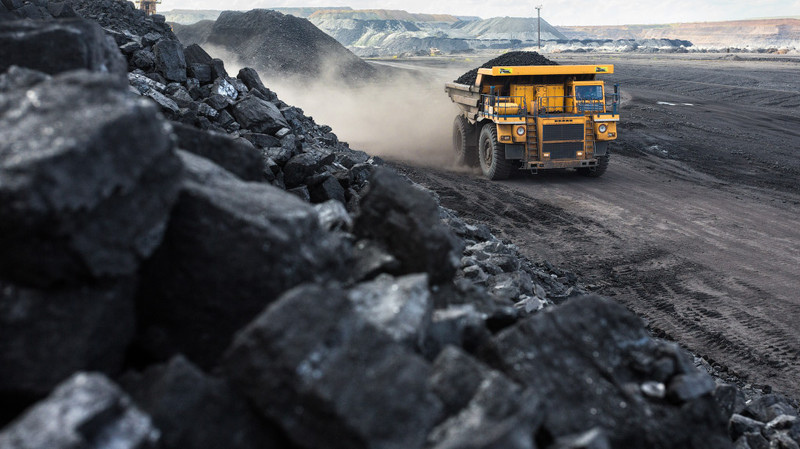

Recent analysis by NewClimate Institute has estimated the direct impacts of growing coal capacity in Mongolia on human health: Operations of coal-fired power plants could cause 1,600 premature deaths / 42,000 years of life lost between 2020 and 2050. Around 70% of these negative impacts will be caused by new power plants included in coal capacity expansion plans of the Mongolian Ministry of Energy. The proposed 5.3 GW Shivee Ovoo power plant alone would cause more premature deaths and years of life lost by 2050 than all other proposed new coal plants together, while exclusively producing electricity for use in neighbouring China.
The issue with air pollution in Mongolia
In recent years, Mongolia has become known for some of the world’s worst air quality. Most of the pollution is in Ulaanbaatar, the capital city. Roughly half of the country’s population resides there and it has experienced a tripling in size in the last 30 years. According to UNICEF, overall outdoor air pollution led to roughly 3,300 premature deaths in 2016 with associated costs of MNT 18.4 billion (USD 8.5 million) in Ulaanbaatar alone. Most of the Mongolian population is exposed to ambient air concentrations of particulate matter which are well above the WHO guidelines and the National Standards of Mongolia. Recognising this issue, Mongolia has set a target to decrease air pollutants by 80% between 2017 and 2025.
Strategies to tackle air pollution should include replacing coal with renewable energy
Coal is one of the major causes of dirty air and GHG emissions. While most of the particulate matter comes from burning raw coal for heating and cooking, coal-fired power generation is the third-largest contributor to air pollution in Mongolia, accounting for roughly 6% of the total. Besides phasing out inefficient stoves and boilers and replacing raw coal, longer term strategies need to focus on replacing planned coal power capacity extensions with renewable energy alternatives.
Mongolia has relied mostly on coal- and oil-fired power plants in the past, and total installed coal capacity is projected to sharply increase in the upcoming years. 788 MW of the proposed new coal capacity are already under construction, but the majority of the ~7 GW of new capacity is only announced. Renewables are projected to represent 20% of total installed capacity by 2023 and 40% by 2030; however, there is high uncertainty regarding the actual construction of these planned renewable capacity additions. This is mainly due to the dependence on uncertain large hydropower projects and licensing issues.
Guest post from NewClimate Institute




